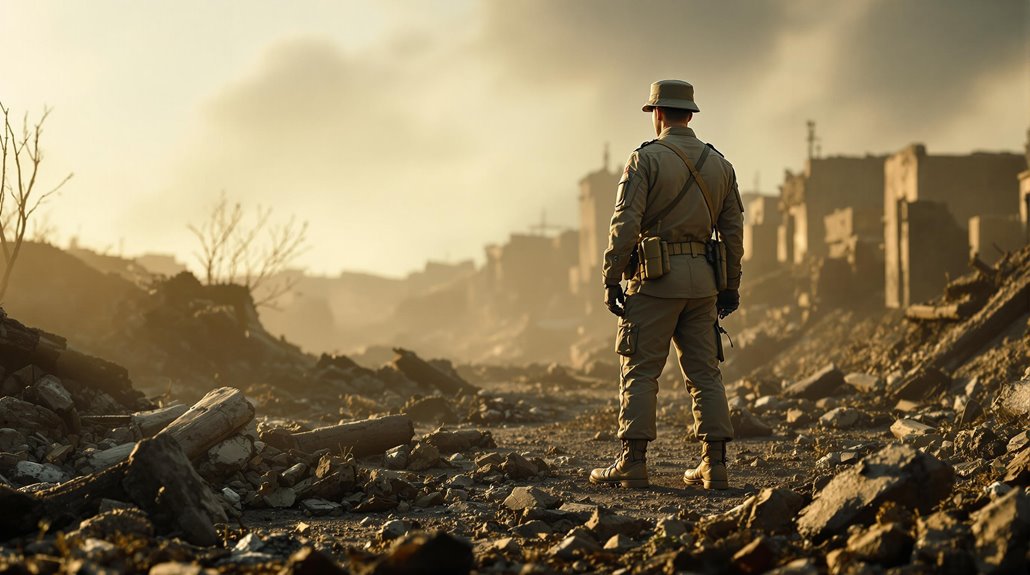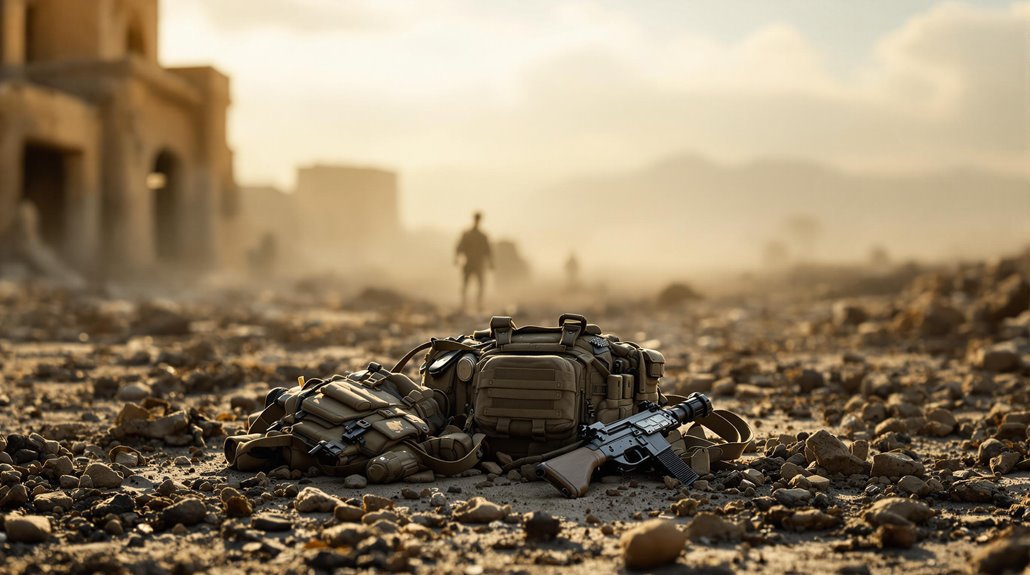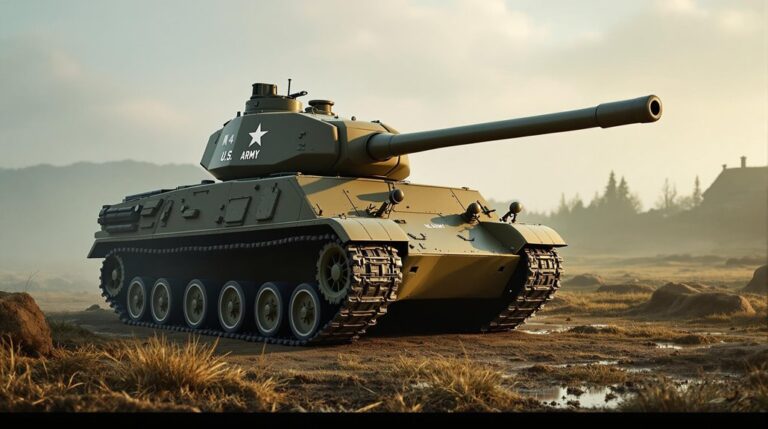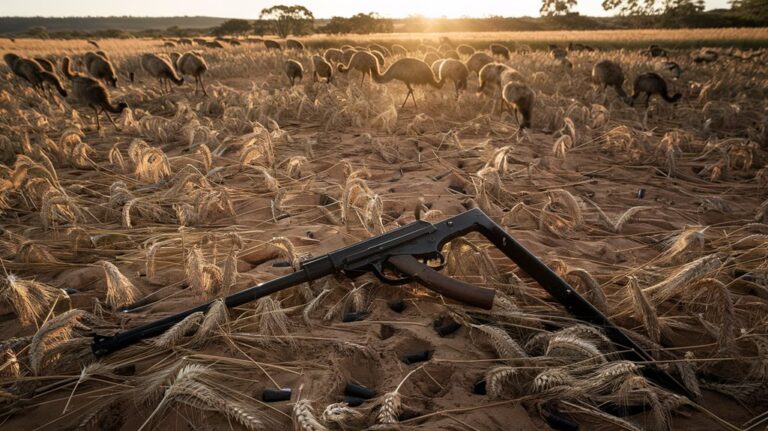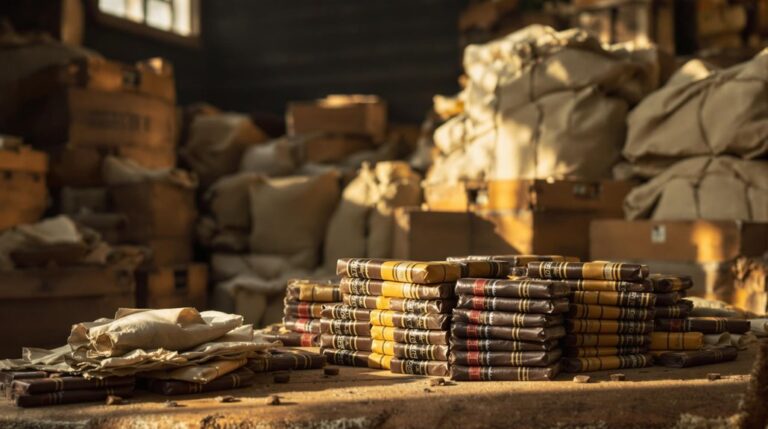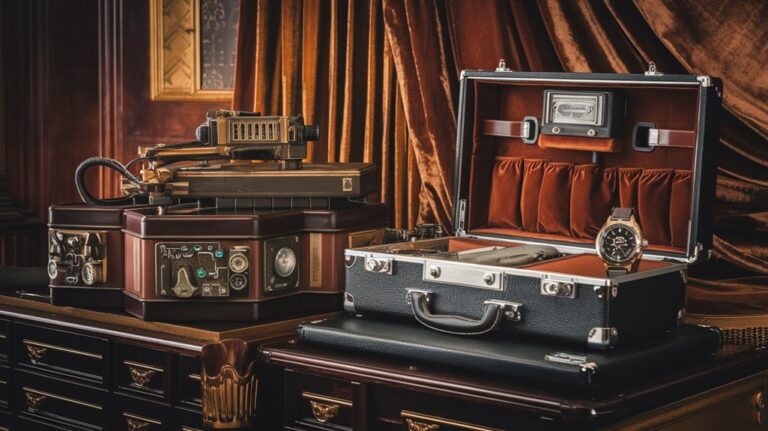A One-Man Army: The Sergeant Who Fought Like a Dozen
You've probably heard tales of legendary soldiers who single-handedly changed the course of battles, but Sergeant Junior J. Spurrier's story stands apart. In the midst of World War II's chaos, this unassuming soldier from Tennessee transformed into a tactical genius at the Battle of Lay Saint-Christopher. With just his M1 Garand and raw courage, he managed to eliminate or capture 45 enemy combatants. But the real story lies in how this ordinary man accomplished such an extraordinary feat.
Early Life and Military Journey of Sergeant Spurrier
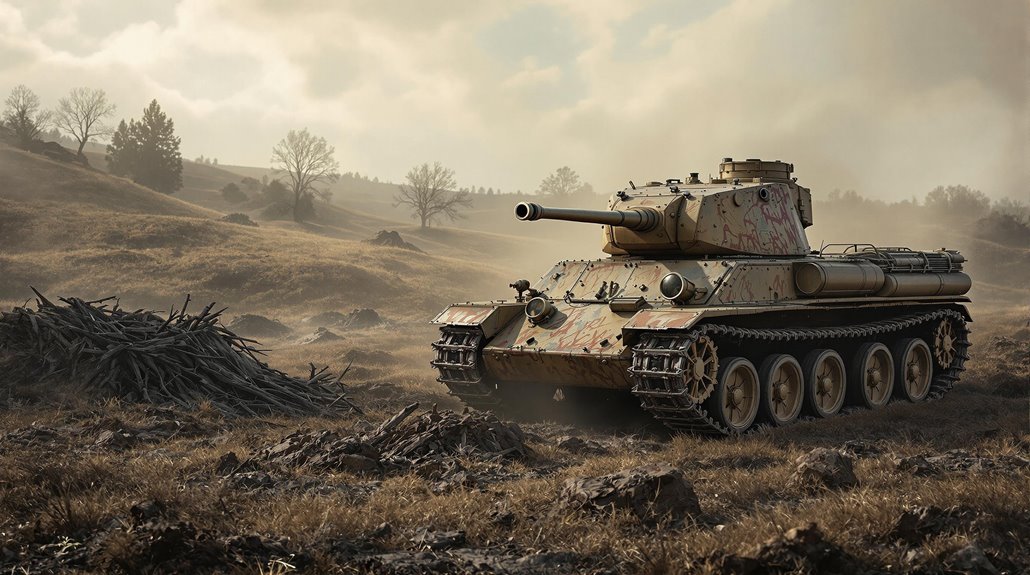
While growing up with his parents and five siblings in Virginia's Appalachian Mountains, Junior J. Spurrier's childhood influences were deeply rooted in his Castlewood, Virginia home. Born as James Ira Spurrier Jr. on December 14, 1922, he shared his early years with sisters Lyla Lee, Edith, and Hope, along with brothers George and Joe. His family's difficult financial situation forced him to quit seventh grade to help support them.
You'll find his military journey began with enlistment challenges when he accidentally changed his own name. After joining the U.S. Army on September 25, 1940, in Richmond, his incorrect paperwork transformed him into "Junior J. Spurrier."
The young Spurrier joined after his mother's death, finding purpose in the Civilian Conservation Corps before enlisting.
Despite initial struggles with military discipline, he persevered, deploying overseas in 1942. Following a combat injury in New Guinea and subsequent recovery, his determination led him to volunteer for another deployment, ultimately joining the 35th Infantry Division in 1944.
The Dawn of a Legend: Battle of Lay Saint-Christopher
Three months after D-Day, on September 12, 1944, the true legend of Junior J. Spurrier was born near Lay Saint-Christopher, France.
As the U.S. 35th Infantry Division found themselves pinned down by relentless German machine gun fire, Spurrier's tactical ingenuity would change the course of the battle. Without hesitation, he volunteered for what seemed like a suicide mission. The scene reminded many of a special bond between brothers in arms, much like the connection shared between soldiers facing impossible odds together.
Armed with only his M1 Garand and grenades, you'd have witnessed him disappearing into the smoke-filled battlefield, using every fold of terrain to his advantage. His heroic sacrifice seemed inevitable, yet Spurrier defied the odds. Much like Admiral de Grasse's forces that overwhelmed British positions with 7,000 troops and 50 warships, the German defenses appeared insurmountable.
Single-handedly, he neutralized multiple machine gun nests, killed 25 enemy soldiers, and captured 20 more. In doing so, he cleared the path for the Allied advance and earned himself America's highest military honor.
Mastering the Art of Combat: Spurrier's Tactical Arsenal
Spurrier's legendary actions at Lay Saint-Christopher revealed more than just courage – they showcased a master tactician at work. His tactical adaptability shone through as he seamlessly switched between offensive strikes and defensive maneuvers, turning the urban battlefield to his advantage.
You'd find his weapon proficiency particularly impressive – he could handle everything from an M-1 rifle to captured German bazookas with deadly efficiency. He demonstrated expert use of bounded fire techniques while coordinating his attacks. During his assault on Achain, he achieved twenty-five confirmed kills while operating completely alone.
Whether fighting from rooftops, clearing buildings, or conducting solo reconnaissance, he'd adapt his approach to match the situation. His innovative problem-solving often meant using unconventional methods, like incorporating a motorcycle into combat operations.
What set Spurrier apart wasn't just his fighting skills – it was his ability to read the battlefield and make split-second decisions that consistently kept him one step ahead of the enemy.
Beyond the Medal: Impact and Achievement
Although combat heroes often fade into history books, Junior Spurrier's impact rippled far beyond his legendary actions at Achain.
You'll find his heroic influence woven into military training programs, where his story exemplifies the power of individual initiative in combat. As the 134th Infantry's sole Medal of Honor recipient, he earned multiple decorations, including the Distinguished Service Cross and two Purple Hearts. His proficiency with the BAR and M1 rifle made him particularly lethal during his one-man assault. His extraordinary actions on September 16, 1944, demonstrated his exceptional bravery when he captured 22 prisoners single-handedly.
Yet Spurrier's legacy also highlights the complexities of life after war. His struggles with civilian adjustment and personal battles sparked important conversations about veteran support.
While he faced significant challenges, including legal troubles and alcoholism, he ultimately overcame his demons.
Today, you'll see his memory preserved in military memorials, serving as a reflection of both extraordinary battlefield courage and the human cost of war.
Shaping Modern Warfare: Spurrier's Military Legacy
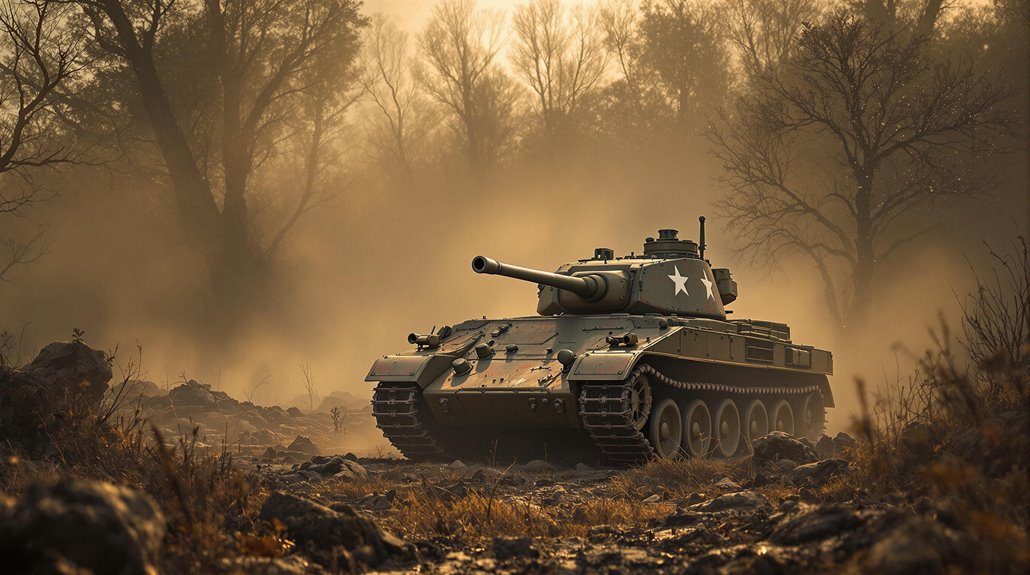
Innovation on the battlefield requires more than just courage – it demands adaptability and tactical genius. Through legacy analysis, Spurrier's actions at Achain offer profound insights into warfare evolution, shaping how modern soldiers approach combat.
You'll find his influence reflected in today's military doctrine through these key contributions:
- Pioneering urban warfare techniques that emphasized systematic building clearance
- Demonstrating the effectiveness of individual initiative in combat situations
- Showcasing the importance of weapons versatility and adaptability
- Establishing precedents for empowered decision-making at the frontline level
His tactical innovations continue to influence military training, particularly in emphasizing the potential of individual soldiers to impact battlefield outcomes. His remarkable feat of killing 25 German soldiers while single-handedly clearing the town of Achain exemplifies the force-multiplying effect of individual excellence in combat. Despite his valor, Spurrier faced significant personal battles after the war, as he received a general discharge in 1951 following difficulties adjusting to military life in Korea.

